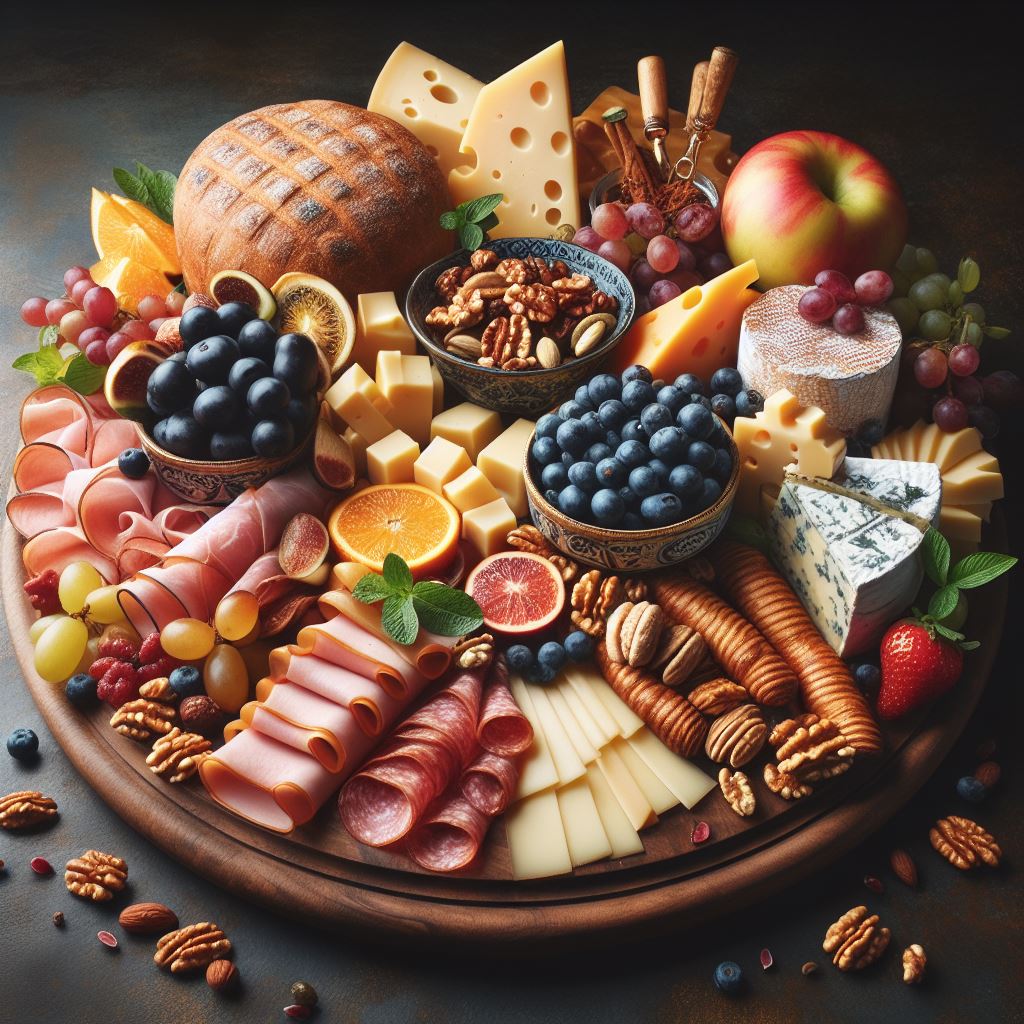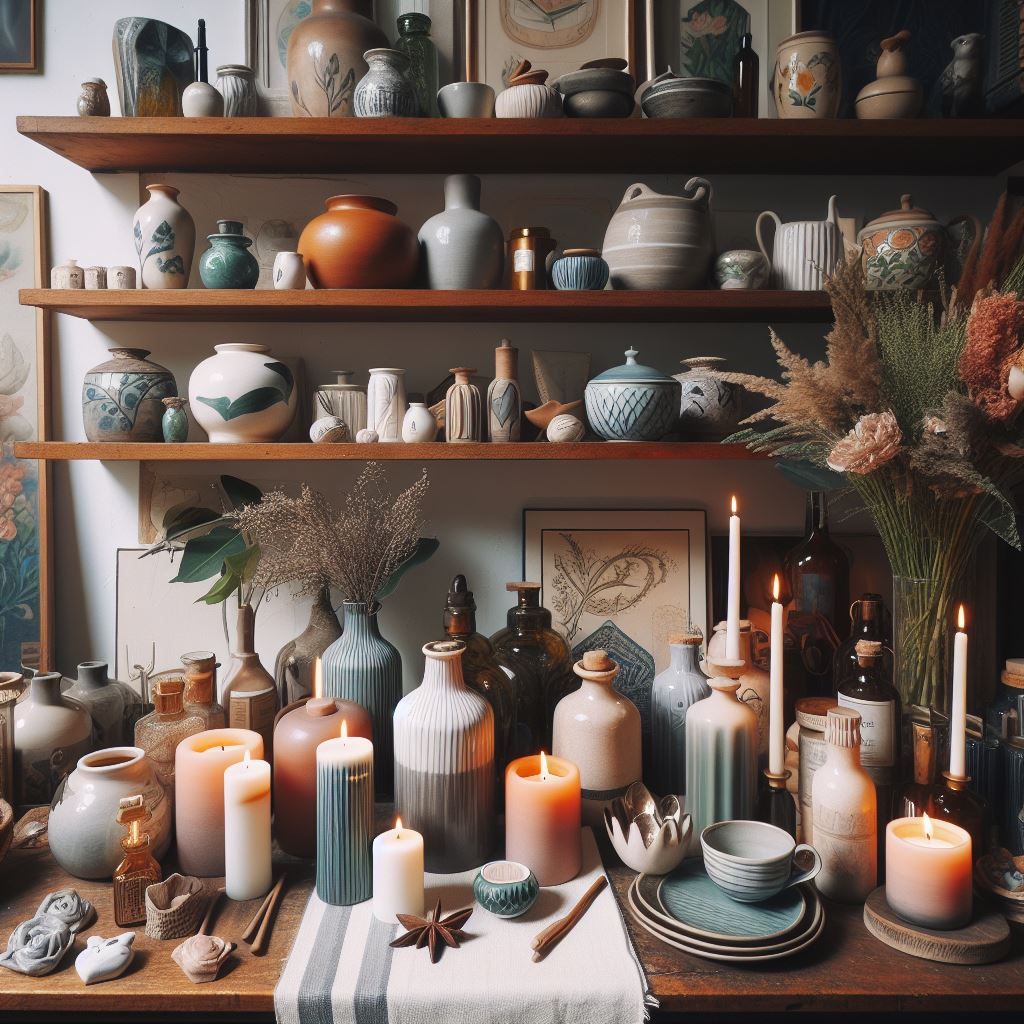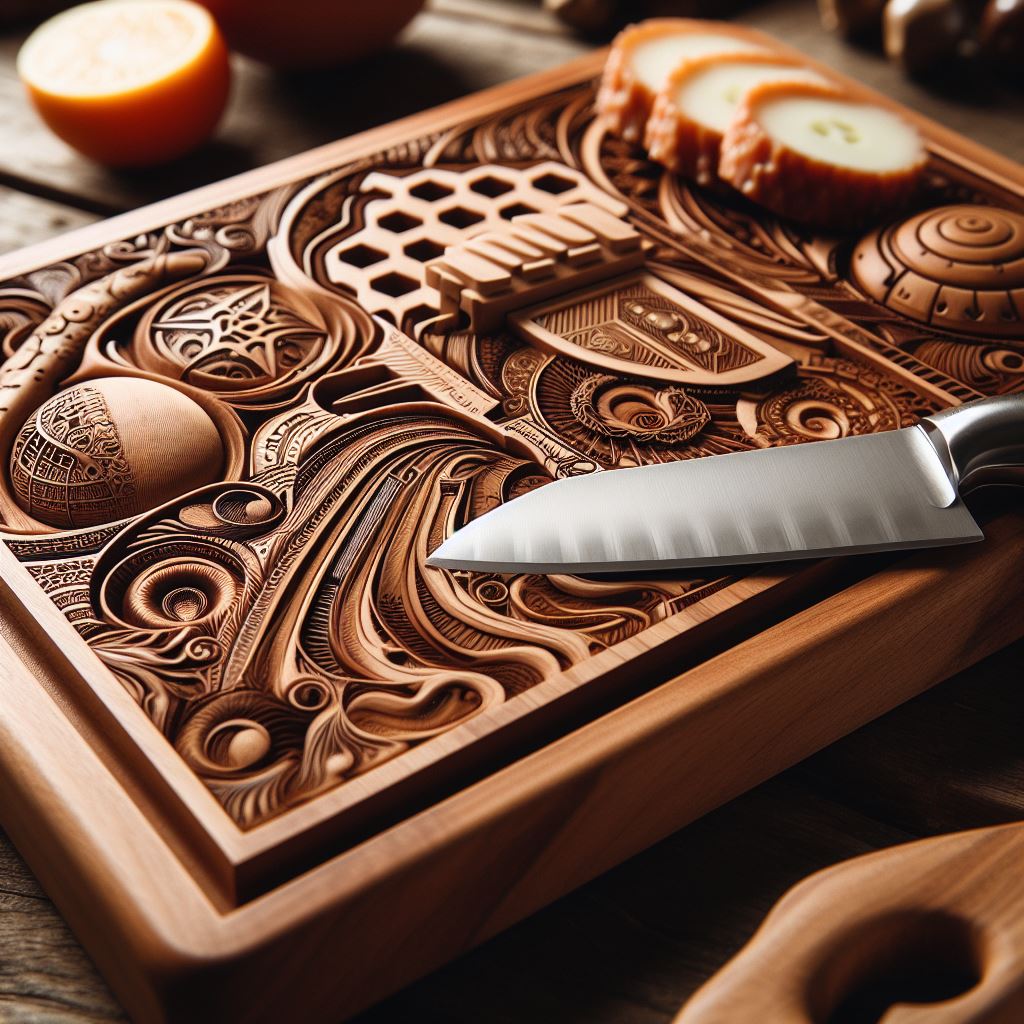When it comes to designing the perfect kitchen, the choice of color plays a pivotal role in setting the tone and mood of the space. Your kitchen is more than just a place to prepare meals; it’s a gathering spot for family and friends, a hub of activity, and a reflection of your personal style. The right colors can make your kitchen feel warm, inviting, and full of life.
Understanding which color is good for your kitchen involves considering various factors such as lighting, kitchen size, and the overall theme of your home. From vibrant reds to calming blues, each color brings a unique energy and vibe. For instance, white is often associated with cleanliness and simplicity, making it a popular choice for modern kitchens. On the other hand, earthy tones like green and brown can create a cozy and natural atmosphere, perfect for a rustic or traditional kitchen.
It’s essential to align your color choices with the functionality and aesthetics you desire. Not only does this improve the visual appeal, but it also enhances the overall ambiance, making your kitchen a pleasant space to spend time in.
Ready to transform your kitchen with the perfect colors? Send us a message at contact@frawstedcreations.com for custom inquiries and to learn more about what we can offer!
Psychology of Kitchen Colors

Did you know that the colors you choose for your kitchen can significantly impact your mood, behavior, and even your appetite? The psychology of kitchen colors is a fascinating study that delves into how different hues can influence our emotions and actions.
Red is a powerful color often associated with excitement and energy. It can stimulate the appetite, making it a popular choice for kitchens and dining areas. However, too much red can be overwhelming, so it’s best used as an accent color.
Yellow is another appetizing color that brings a sense of warmth and happiness. It’s an excellent choice for creating a cheerful and inviting kitchen. However, similar to red, it should be used in moderation to avoid overstimulation.
Blue, on the other hand, is known for its calming and soothing effects. It’s less common in kitchen design as it can suppress appetite, but when used correctly, it can create a serene and clean atmosphere.
Green evokes a sense of freshness and tranquility, making it an ideal choice for a kitchen that aims to connect with nature. It can make the space feel balanced and harmonious.
Neutral colors like white, gray, and beige are timeless and versatile, creating a sense of cleanliness and simplicity. They serve as excellent backdrops for other colors and allow you to play with different accents and textures.
Understanding the psychology of colors can help you make informed decisions when designing your kitchen, ensuring that the space not only looks good but also feels right.
Popular Kitchen Color Trends

Keeping up with popular kitchen color trends can inspire you to create a space that's both stylish and functional. Here are some trending hues that are making waves in modern kitchens:
Classic White: White kitchens remain timeless and elegant. They offer a clean, bright, and spacious feel, making them a perennial favorite. White also provides a perfect canvas for colorful accents and unique textures.
Bold Black: For those looking to make a statement, black kitchens are gaining popularity. Black cabinetry, countertops, and fixtures can create a sophisticated and dramatic effect, especially when paired with metallic accents like brass or gold.
Two-Tone Cabinets: Mixing two colors within the kitchen cabinetry is a trend that's here to stay. Pairing light upper cabinets with darker lower ones can add depth and interest to the space. Popular combinations include navy blue and white or charcoal gray and soft beige.
Earthy Greens: Shades of green, from sage to olive, are becoming popular for their connection to nature and ability to bring a calming influence into the kitchen. These tones work well with wooden elements and natural textures.
Warm Neutrals: Warmer neutral tones like taupe, mushroom, and creamy beige are replacing cooler grays. These colors add warmth and coziness to the kitchen, creating a welcoming environment.
Vibrant Blues: Blue kitchens, especially in deeper shades like navy or teal, are making a comeback. These colors can add a touch of luxury and sophistication, particularly when complemented with white or light gray elements.
Staying aware of these popular trends can help you choose a color palette that not only aligns with current styles but also enhances the overall vibe of your kitchen.
Choosing Colors Based on Kitchen Size

When it comes to choosing colors based on kitchen size, the right hues can significantly impact the perceived space and ambiance of your kitchen. Here are some tips to help you select the best colors based on the size of your kitchen:
Small Kitchens: In compact kitchens, light colors are your best friends. Shades like white, light gray, and soft pastels can make the space feel larger and more open. These colors reflect more light, creating an airy and spacious illusion. Additionally, using a monochromatic color scheme can help maintain a continuous, uncluttered look.
Medium-Sized Kitchens: For medium-sized kitchens, you have a bit more flexibility. You can experiment with both light and medium tones. Neutral shades like beige, taupe, and soft greens work well to create a balanced and inviting atmosphere. Incorporating an accent wall or colorful backsplash can add a touch of personality without overwhelming the space.
Large Kitchens: If you are blessed with a large kitchen, you can afford to go bold. Darker shades like navy blue, charcoal gray, and forest green can add depth and coziness to the expansive area. These colors can ground the space and make it feel more intimate. Don't be afraid to mix and match with lighter cabinetry or countertops to maintain a harmonious balance.
Open-Plan Kitchens: In open-plan kitchens that flow into living or dining areas, consider using colors that complement the adjacent spaces. This approach ensures a cohesive look throughout your home. Soft neutrals, warm hues, and gentle contrasts can seamlessly tie different areas together while maintaining a distinct kitchen identity.
Remember, regardless of your kitchen's size, it's essential to choose colors that reflect your personal style and create a space where you feel comfortable and inspired to cook, entertain, and enjoy.
Combining Colors for a Cohesive Look

Creating a cohesive look in your kitchen involves more than just picking a single color; it's about combining hues that work harmoniously together to enhance the overall aesthetic. Here are some effective strategies for combining colors to achieve a unified and visually appealing kitchen:
Use a Color Palette: Start by selecting a color palette that includes a primary color, a secondary color, and an accent color. The primary color should dominate the space, the secondary color should complement it, and the accent color should add pops of interest. For instance, you could choose white as your primary color, soft blue as your secondary, and mustard yellow as an accent.
Consider Undertones: Pay attention to the undertones of the colors you choose. Colors with similar undertones (warm or cool) tend to blend well together. For example, pairing warm beige with soft gold and rich brown creates a harmonious and inviting kitchen, whereas cool gray with icy blue and sleek black offers a modern and sophisticated look.
Balance Bold and Neutral: If you love vibrant colors but don't want to overwhelm the space, balance them with neutral tones. For example, a bold red island can be balanced with white cabinetry and stainless steel appliances. This approach allows you to introduce color without compromising the overall harmony of the kitchen.
Use Patterns and Textures: Incorporate patterns and textures to add depth and interest to your color scheme. A patterned backsplash, textured countertops, or wooden accents can break up solid colors and add a dynamic element to the space. Just ensure that the patterns and textures you choose complement your color palette rather than competing with it.
Test Before Committing: Before making any final decisions, test your chosen colors in your kitchen's lighting conditions. Paint small swatches on the walls or use sample boards to see how the colors interact with natural and artificial light throughout the day.
By thoughtfully combining colors, you can create a kitchen that is not only visually appealing but also a true reflection of your personal style. Whether you prefer a calm, neutral space or a vibrant, eclectic one, the right color combinations can make your kitchen a joy to spend time in.
Tips for Maintaining Kitchen Colors
Once you've achieved the perfect color scheme for your kitchen, maintaining those colors is crucial to keeping your space looking fresh and inviting. Here are some tips for maintaining kitchen colors to ensure they stand the test of time:
Regular Cleaning: Kitchens are prone to spills, splatters, and stains, which can dull your colors over time. Use gentle, non-abrasive cleaners to regularly wipe down surfaces. For walls, a damp cloth with mild soap can usually do the trick without damaging the paint.
Proper Ventilation: Cooking generates heat, steam, and grease, which can affect your kitchen's colors. Ensure your kitchen is well-ventilated by using exhaust fans or range hoods to minimize buildup on walls, cabinets, and other surfaces.
Touch-Up Paint: Keep a small amount of your wall paint for touch-ups. This allows you to quickly address any chips or marks without having to repaint entire sections. Make sure to blend the touch-up paint well to maintain a seamless look.
Avoid Direct Sunlight: Prolonged exposure to direct sunlight can cause colors to fade. Use blinds or curtains to control the amount of sunlight entering your kitchen. If possible, choose UV-resistant paints and finishes to help preserve the vibrancy of your colors.
Use Protective Coatings: For areas prone to wear and tear, consider using protective coatings. For example, a clear, washable topcoat can protect painted surfaces from stains and scratches, making them easier to clean and more durable.
Reevaluate and Refresh: Over time, even the best-maintained colors may need a refresh. Periodically reassess your kitchen's appearance and consider repainting or updating certain elements to keep the space looking its best.
By following these maintenance tips, you can ensure that your kitchen remains a vibrant and welcoming space for years to come. If you're looking for custom solutions to enhance your kitchen's aesthetic, send us a message at contact@frawstedcreations.com for custom inquiries and to learn more about what we can offer!

